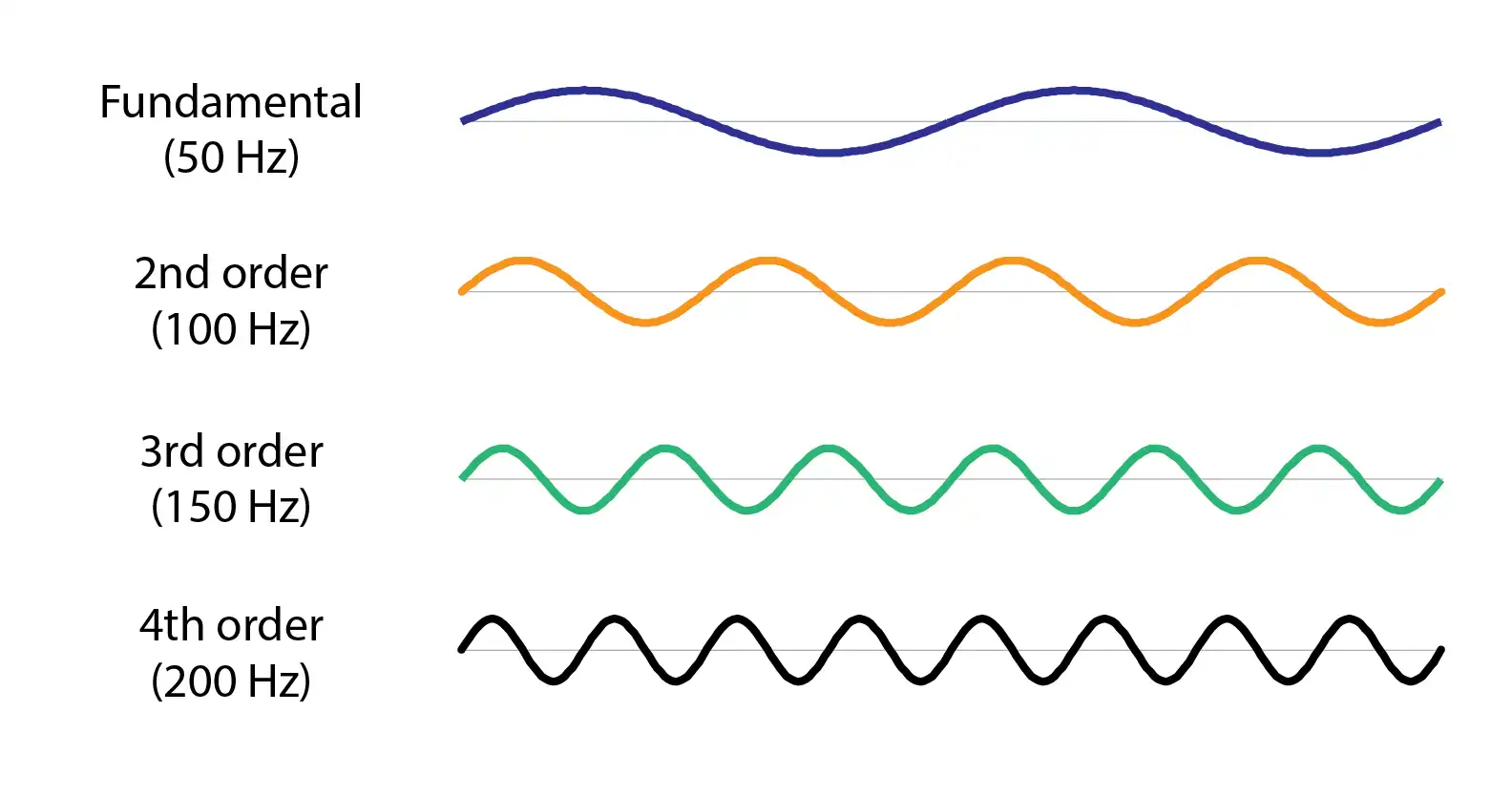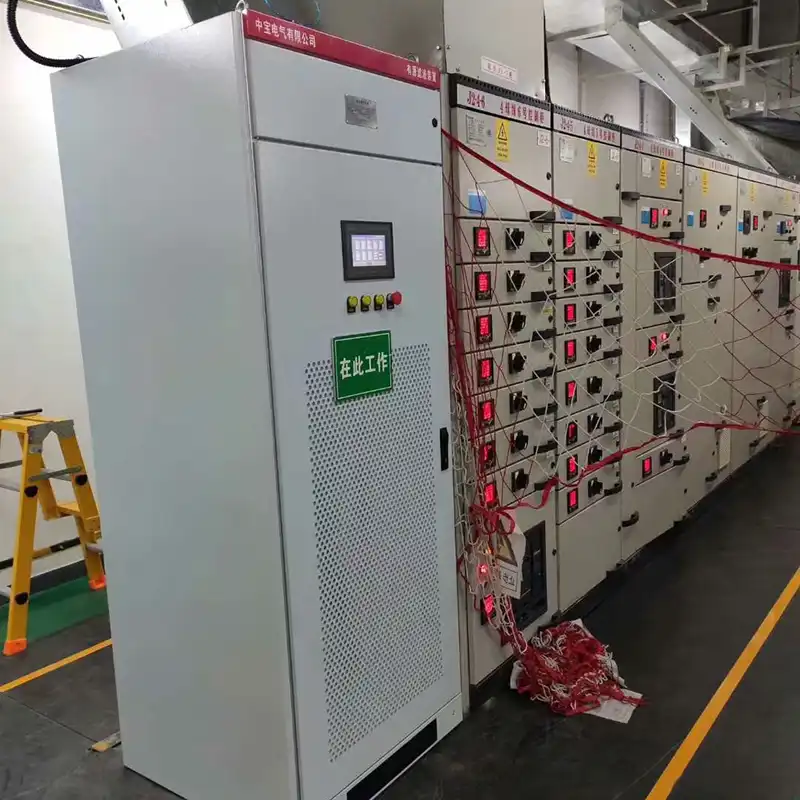What is a detuned reactor harmonic filter and what is its function?
Harmonics can lead to various issues within the power system, including voltage distortion, current imbalances, power losses, equipment malfunctions, and other adverse effects.
Harmonic distortion resulting from nonlinear loads in energy systems can pose significant challenges to power systems and associated industrial equipment, potentially leading to failures. Hence, it’s imperative to implement measures aimed at controlling and minimizing harmonic levels to uphold system stability, reliability, and performance.
What are harmonics?
Harmonics are extra frequency components within the power system, with frequencies that are integer multiples of the fundamental frequency. In AC circuits, the fundamental frequency typically stands at 50 Hz (across much of Europe) or 60 Hz (in North America and select regions). These harmonics stem largely from the integration of nonlinear components, like electronic devices, electric arc furnaces, and frequency converters, which cause distortion in the current and voltage waveforms.

Harmonics induce alterations in current and voltage waveforms within the power system, potentially leading to a myriad of issues such as voltage distortion, current imbalances, power losses, equipment malfunctions, and other adverse effects.
What is a detuned reactor harmonic filter?
The Detuned Reactor Harmonic filter is a device employed for managing and diminishing harmonics within power systems. It consists of components like detuned reactors and capacitors, arranged in a parallel resonant circuit. Its operation involves configuring the parameters of the detuned reactor and capacitor to induce and absorb resonance effects at precise harmonic frequencies, thereby mitigating the propagation of those harmonics. This filter effectively lowers harmonic levels, enhances power system quality, and minimizes the adverse effects of harmonics on equipment and systems.
Another option is the active harmonic filter, which employs advanced power electronic components to dynamically control and adjust filter performance in real-time while analyzing absorbed harmonics. However, it is a more costly alternative.

How to use detuned reactor harmonic filters for compensation
Passive harmonic filtering involves positioning a detuned reactor harmonic filter in tandem with a capacitor. By aligning the detuned reactor’s specifications with the power and voltage values of the capacitor, distortion resulting from harmonics can be effectively mitigated.



